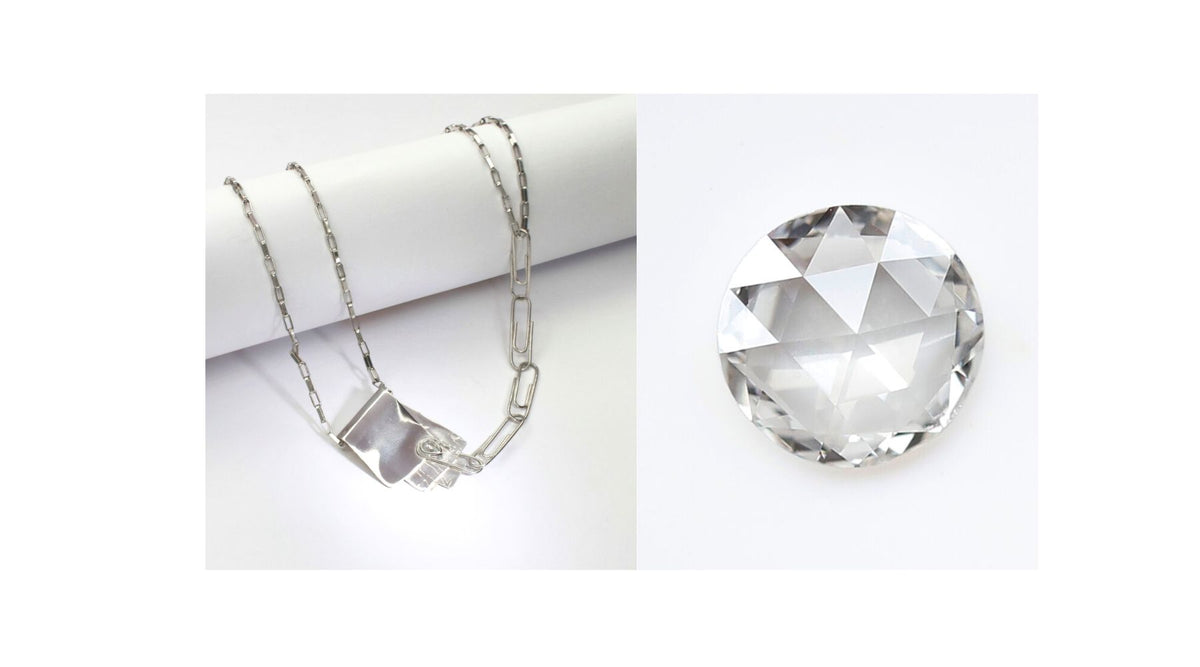How does a diamond sparkle - The rose cut

What is a Rose Cut Diamond?
There is a wonderful air of romanticism when we speak of the cuts of diamonds, and how these cuts we born. There is a skill in marrying the name to the cut and shape, and to the way in which the light travels through the stone. And we can't ignore the tales of the times when these cuts were created else we lose the romance.
Diamond cutting began in the 14th Century, when "cutting" was, very likely, a type of polishing of the stones, to be followed by the point cut which would have followed the natural shape of the individual diamond. As tools advanced, so did cutting, and the dawn of more precision and consistency in the production of diamonds.
The rose cut was born in the 1500's at a time when early bruting, faceting and polishing began to be used by European cutters. This was no mean feat, and required immense skill. This particular style of cut was created to come alive in soft and low lighting in an era lit by candlelight.
It was the time of the Tudors, the Elizabethan era, and lavish excesses. It was a time when trade around the globe was to begin its rapid expansion, with Elizabethan explorers leading the way. It was also a time when most of the population of Britain lived in small rural farming villages. So much was changing and developing and evolving, and the old ways had to change to meet those new needs.
The number of cuts on a rose cut ranges from 3 to 24, and is described as resembling the unfurling petals of a rose. With so few facets, the cut reflects light in a beautifully subtle, soft and diffused way. The rose cut has a flat base, with the carat weight on the top of the stone making it appear larger than some other cuts.
This flat base has a distinctly different effect in that it looks more transparent than more complex cuts, and while it might not have the intense sparkle of a much sought after brilliant cut diamond, it has a wonderfully refined and soft glimmer all its own.
It is a cut that is becoming increasingly popular for sapphires, tourmalines and rubies, as well as other precious gems such as black, and coloured diamonds. It is so wonderful to this sublime cut being used for stones other than the traditional clear diamond.
So give a little more thought when you next consider the beauty of a diamond ring, necklace, or sublime earrings. Take a closer look at the beauty of the stones themselves, see the beauty of the cut, and consider how and why it was born into this world.